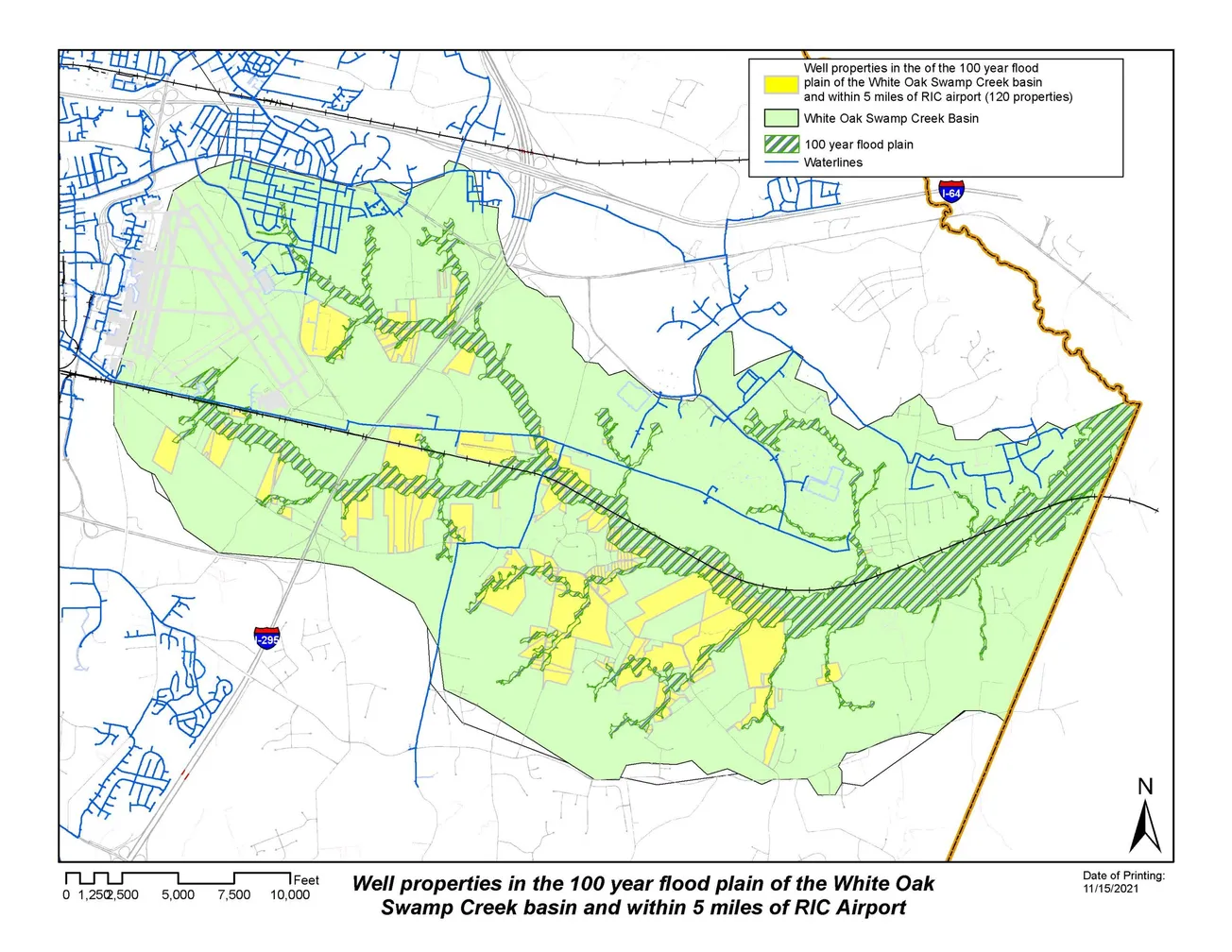Henrico Board of Supervisors — Eastern Henrico — Top News — Government — Henrico Department of Public Utilities — Bentley Chan — Chickahominy River — PFAS — Newport News Waterworks — Chickahominy River Basin
Henrico to begin testing private wells in Eastern Henrico for potentially dangerous chemicals





